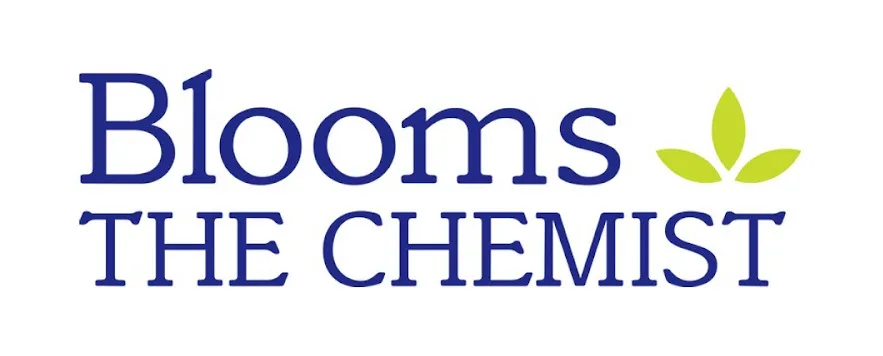
GetPipe.com, a division of Hempel Pipe & Supply, streamlines inbound calls with AI Receptionist (AIR), resolving 92% of inquiries and automating 90% of all calls.


There are a lot of positive things I can say about RingCentral. But maybe the most significant is this: My team and I went from overseeing and troubleshooting a thousand outdated phone systems, which needed help all the time, to administering just one telephony system companywide—which hardly needs any maintenance at all.
One of the big benefits of having RingCentral is that it’s easier than ever for us to roll out telephony and other communication services each time we open a new restaurant. That used to require setting up hardlines, sending out local IT teams for the installation, and a lot of waiting. Now we can do it all online from our headquarters.
RingCentral Contact Center gives our centralized support team all the tools they need to help backfill our restaurant locations when they’re experiencing high call volume. And because Contact Center gives us such granular call-data reporting and analytics, we use it to make sure we’re always properly staffing our support teams’ call queues to help our guests reach live agents as quickly as possible.
If you have experience in IT, you’ve learned not to expect a technology migration to go smoothly. But our RingCentral implementation was surprisingly free of disruptions. Before we knew it, our whole company was up and running on the new solution, and even experimenting with ideas for our telephony environment. And that’s just one reason RingCentral has become our favorite tech partner.









